The Article
PSU-10: Gold Note Power Supply
21st December 2018
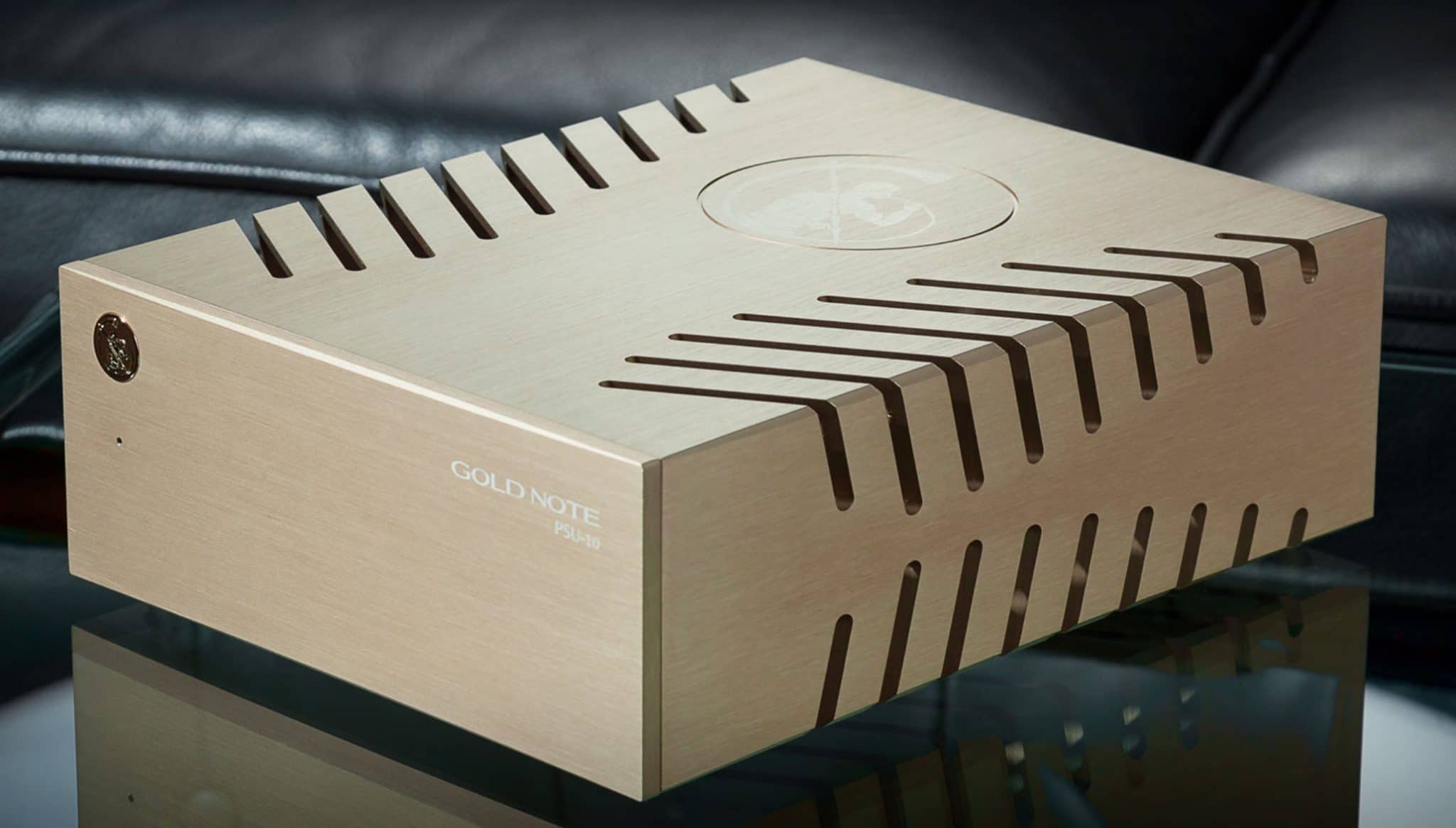
Created as an upgrade for the company’s PH-10 phono amplifier, Paul Rigby reviews the PSU-10
Phono amplifiers are one of the most underrated components in hi-fi. Many users see them as an afterthought instead of what they really are, arguably the most critical piece of hi-fi kit after the cartridge. Why? Because this amplifier’s specialist job is to amplify the tiny cartridge signal. Nothing else. That all it does. Once complete, it hands that signal to your main amp. Job done. It doesn’t matter how good your turntable is or your tonearm for that matter. The phono amp makes or breaks your cartridge. The turntable is the support and solid platform to allow the signal to be drawn from the grooves but, as long as the turntable/tonearm work in some sort a fashion, they’re not going to prevent the music from moving down the chain to your speakers. A phono amp will, though. The phono amp is a cartridge’s translator. It’s the phono amplifier that takes the signal from the hands of the cartridge. If the phono amp cocks things up at this point, then it doesn’t matter if you own a £25,000 turntable. Your music is going to sound just awful.
So a good phono amplifier is important. But a good phono amplifier can be improved further. That precious signal can be enhanced.
As with all hi-fi components, they love to be anti-social. They perform best alone, not bundled with other kit. This philosophy extends to the power supplies in all of your hi-fi products. Hi-fi will thank you if you separate the power supply from the principle component. In this case, that gives you, in effect, two separate boxes for your phono amp. A control unit (pre-amp, in effect) and power supply (the power amp bit).
I have a two-box phono amplifier as my reference and the sound quality rises because of it. There’s less electronic contamination, lower noise and distortion, less vibration, you can put better quality components in all of that extra space presented by the two boxes, and on and on.
That’s what this PSU-10 is all about. It takes over the power duties from the PH-10’s own supply and runs that power from a separate box.
The PSU-10 features a dual choke design powered by a double inductor driving the negative and positive high current stages and featuring and inductive filter on the analogue stage.
“The Gold Note proprietary Dual Chokes Design perfectly filters the signal voltages in order to eliminate all the possible electrical noise coming from the AC power system,” said the company.
The PSU-10, with its 25W power rating, also uses a power supply to shield the PH-10 phono stage from electro-magnetic interferences.
It also features four transformers, three of which are dedicated exclusively to the pure power supply and with one separated transformer dedicated to the inductive filter. It’s the same size as the phono amp and weighs 3kg.
Controls are minimal. There’s a power light LED on the front with a power socket on the rear that sits alongside a power switch and PSU output DIN socket.
In use, don’t stack the two units otherwise you’ll lose the beneficial effects of having them separate in the first place. Also, it seems that the PSU is best positioned on the left side of the PH-10 to provide the best isolation.
So how does it sound?
SOUND QUALITY
I played an original cut of Richie Havens’ Something Else Again on Verve and the track, From the Prison.
Adding the external PSU-10 power supply to the basic phono amplifier produced an immediate, intriguing result: enhanced midrange insight with a deeper upper bass response from the guitar.
Specifically, the Havens vocal had a more intricate and complex delivery. His presentation was on the breathier side too. That is, his breath was noted as part of the vocal delivery, whereas it wasn’t as noticeable before, adding to the emotion of his performance. The lower noise also meant that his diction was precise, enhancing the power of the message in the lyrics.
The guitar was now a powerful force in the song as opposed to being an instrument of highlights. The guitar offered added weight and heft from the bass strings while Havens’ string plucking meant that each pluck increasing the degree of focus.
Also, during the more introverted and quiet moments of the song, especially near the beginning of the track, the lower noise enabled the ear to pick out detail and information. This also meant that minor, yet important sonic elements such as the reverb from a plucked string could be better identified.
Playing Too Much Information From The Police’s original cut of Ghost in the Machine, I was impressed by the broad and spacious soundstage that allowed the bass to be strong and weighty but never bled over to the delicate cymbals taps. Both were positioned within their own space and were allowed to emerge without any distortion. The beats of the percussion were tidy, snappy, punchy but always offered that important organic ‘give’ that differentiated it from a digital-based percussive instrument. Hence, the tonal presentation from this power supply produced a big thumbs up.
The sense of clarity was high on the following track, Rehumanize Yourself in which Sting’s voice is slightly processed and speeds along at pace. For some systems, his words can merge into a blur but the Gold Note power supply off the back of the PH-10 enabled the ear to track the lyric from start to finish.
CONCLUSION
The PSU-10 is a simple upgrade to install but its effect is large indeed. Separating the power supply into a different box, placed away from the main phono amplifier with its enhanced parts to boot, ups the sound quality over all frequencies producing a high quality, more mature and richer sound output. If you’re looking at purchasing the PH-10, keep the power supply upgrade on your to-do list.
GOLD NOTE PSU-10 POWER SUPPLY
Tel: 01420 544140
Website: www.goldnote.it & www.audiopinnacle.co.uk
GOOD: low noise, firm bass, sparkling treble, tonal realism, midrange insight
BAD: nothing
RATING: 8
[Don’t forget to check out my Facebook Group, The Audiophile Man: Hi-Fi & Music here: www.facebook.com/groups/theaudiophileman for exclusive postings, exclusive editorial and more!]
REFERENCE
Avid Acutus turntable
SME IV tonearm
Origin Live Aladdin moving iron cartridge
Soundsmith Paua Mk.II cartridge
Origin Live Sovereign turntable
Origin Live Enterprise 12″ arm
Van Den Hul Crimson XGW Stradivarius cartridge
Icon PS3 phono amplifier
Aesthetix Calypso pre-amp
Icon Audio MB845 Mk.II monoblock amplifiers
Quad ESL-57 speakers with One Thing upgrade
Vertex AQ, Gekko, Black Rhodium & Tellurium Q cable
Blue Horizon Professional Rack System
Harmonic Resolution Systems Noise Reduction Components
All vinyl was cleaned using an Audio Desk’s Ultrasonic Pro Vinyl Cleaner

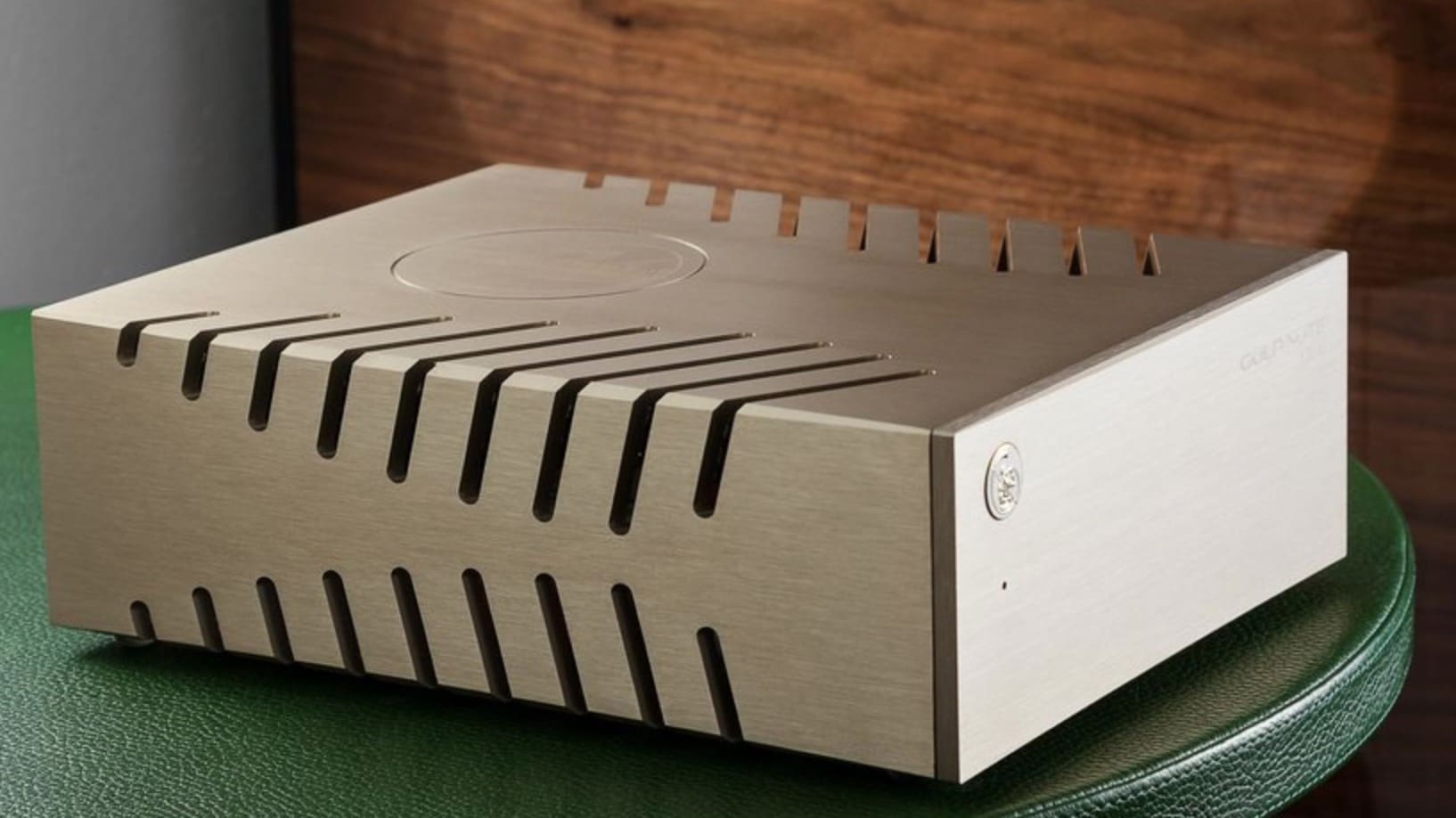
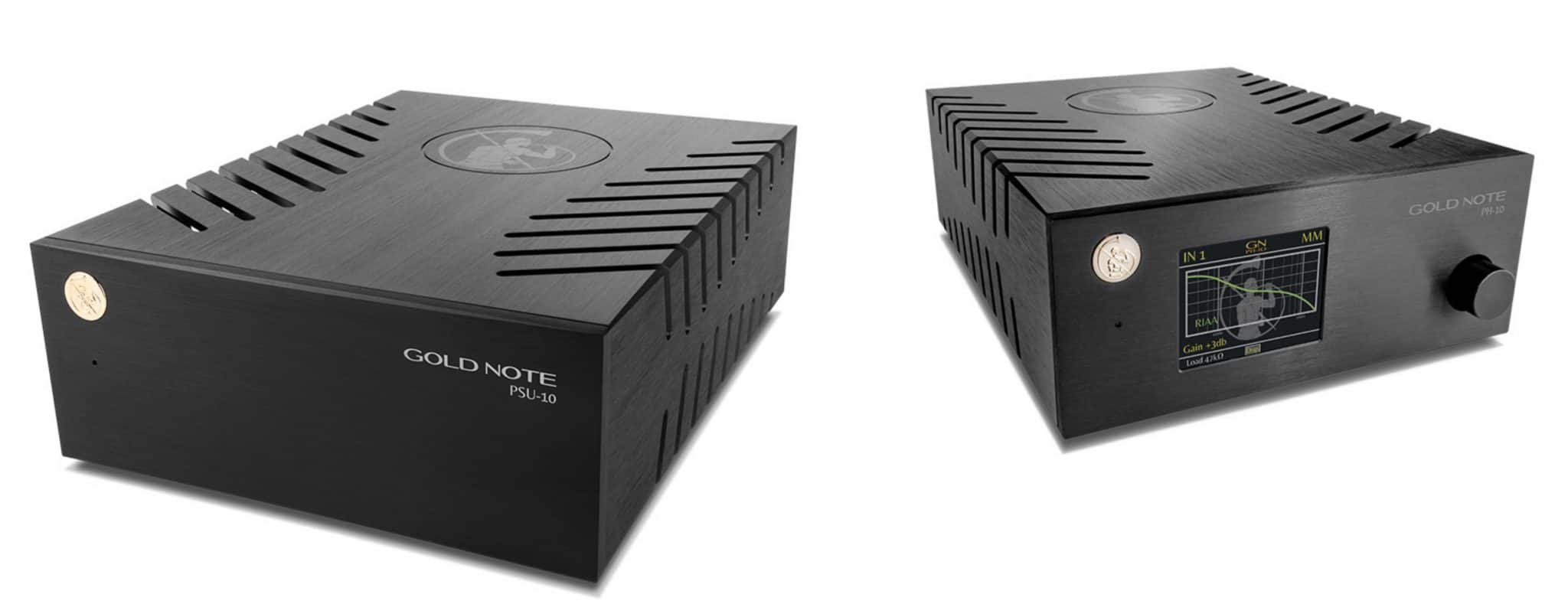
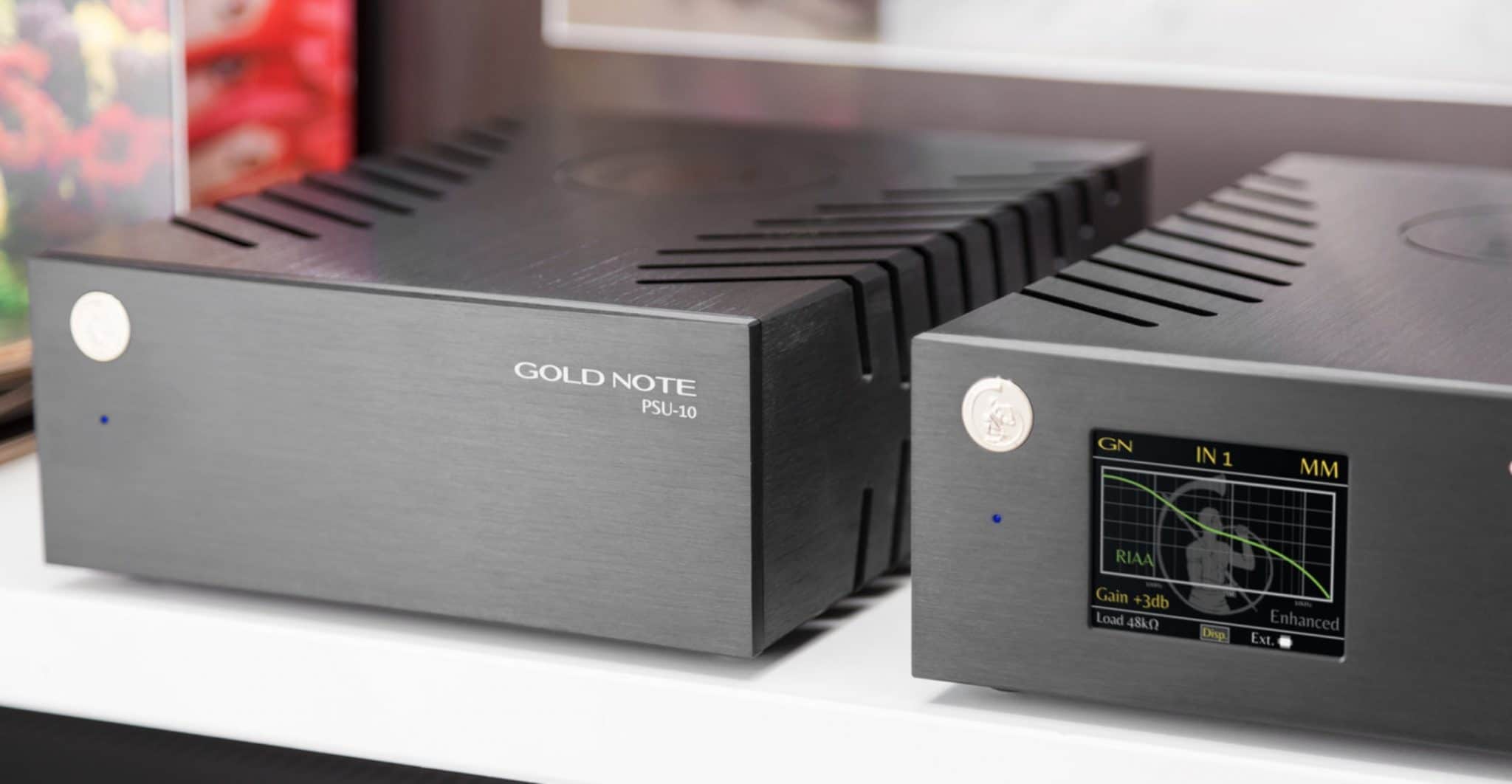
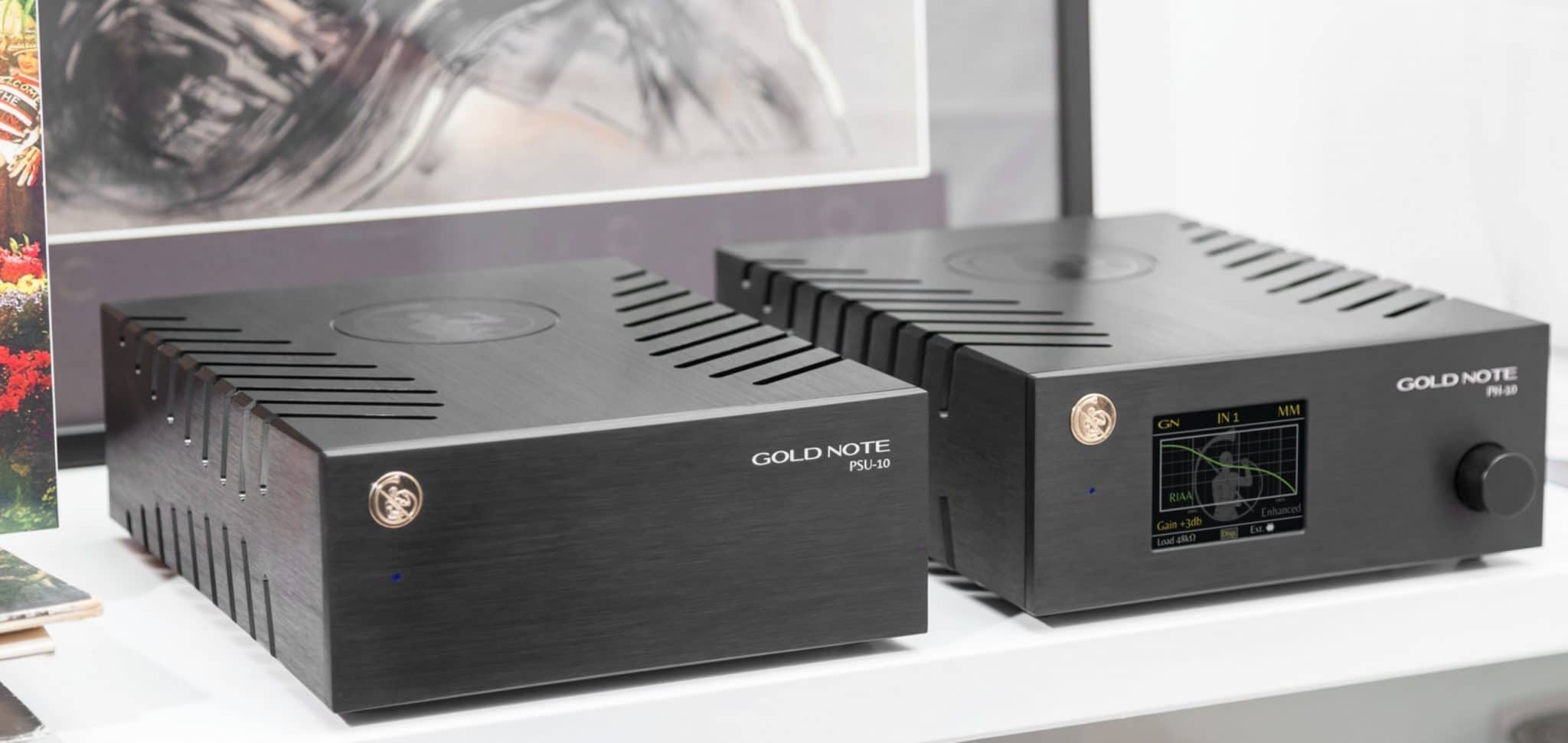



Paul, would you please tell how did you connect/plug the PSU-10: directly to the ‘wall’ or to power conditioner? I have PH-10 connected to Shunyata Denali 6000 with Shunyata Alpa NR power cord and I’m wondering if PSU-10 would bring any improvement if I put in between Denali and PH-10.
Here’s the manual for the PSU-10, which will give you a better idea Janez – as you can see, the unit does connect ‘to the wall’ via a standard power cable.
¬°Yes!. The PSU-10 is a simple, AND UNNECESSARY, <>…